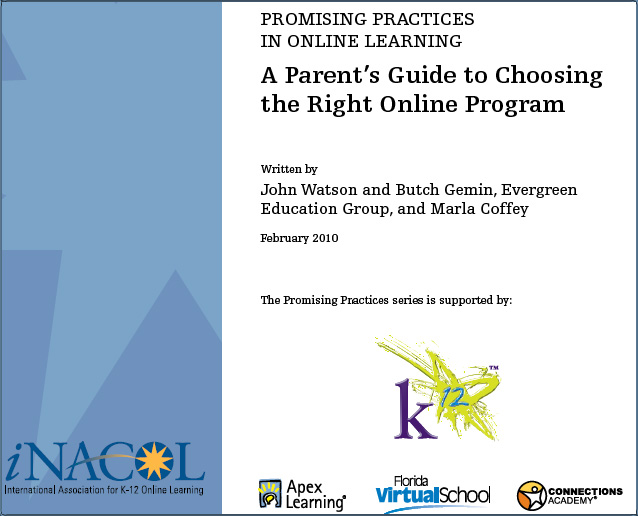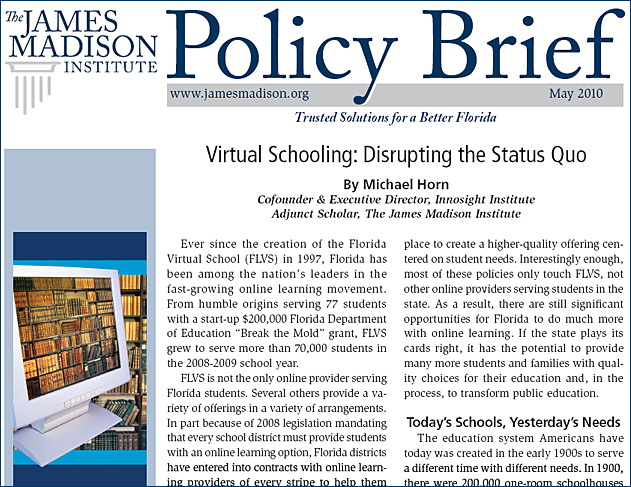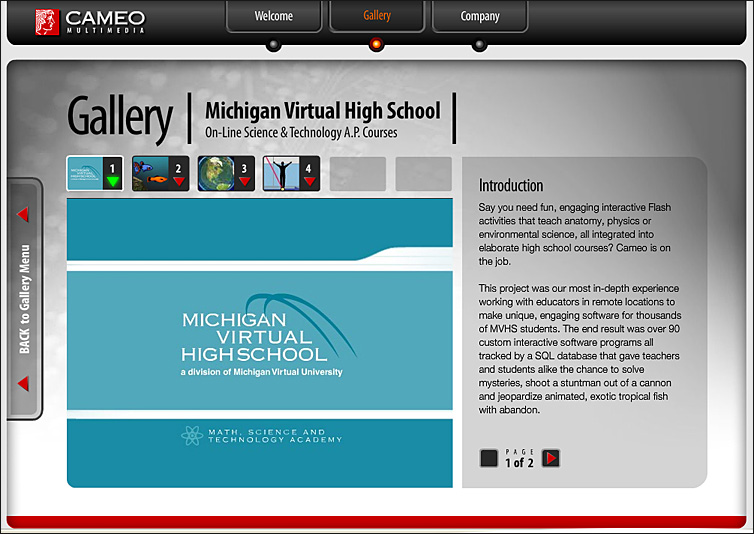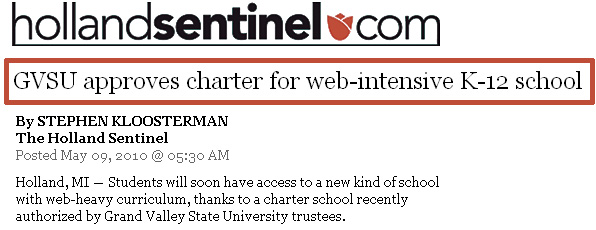Quotes from Traditional schools aren’t working. Let’s move learning online. — from the Washington Post by Katherine Mangu-Ward
From DSC:
The title of this posting makes this transition sound so easy and it is probably too simplistically stated. However, she has some great points (emphasis DSC):
Smart kids are bored, and slower kids are left behind. Anxiety about standardized tests is high, and scores are consistently low. National surveys find that parents despair over the quality of education in the United States — and they’re right to, as test results confirm again and again.
But just as most Americans disapprove of congressional shenanigans while harboring some affection for their own representative, parents tend to say that their child’s teacher is pretty good. Most people have mixed feelings about their own school days, but our national romance with teachers is deep and long-standing. Which is why the idea of kids staring at computers instead of teachers makes parents and politicians extremely nervous. (From DSC: Removing the human element is not the goal here. In fact, technology connects human beings all the time — student to student, student to teacher/faculty member. The difference is that the teacher now has diagnostic tools to work with and students can pursue their passions. A teacher doesn’t need to be able to teach everything — an impossible task anyway these days.)
However, it’s time to take online education seriously — because we’ve tried everything else.
Since the Internet hit the big time in the mid-1990s, Amazon and eBay have changed the way we shop, Google has revolutionized the way we find information, Facebook has superseded other ways to keep track of friends and iTunes has altered how we consume music. But kids remain stuck in analog schools. Part of the reason online education hasn’t taken off is that powerful forces such as teachers unions — which prefer to keep students in traditional classrooms under the supervision of their members — are aligned against it.
In the 2010 annual letter from his foundation — the biggest in the United States, with a $33 billion endowment — Bill Gates listed online education as one of his top priorities and rattled his pocket change in the direction of reform. He wrote: “Online learning can be more than lectures. Another element involves presenting information in an interactive form, which can be used to find out what a student knows and doesn’t know.”
How do we know online education will work? Well, for one thing, it already does. Full-time virtual charter schools are operating in dozens of states.
Few people have a clear picture of what online education really looks like, which is one reason so many people are reluctant to consider what it has to offer.














